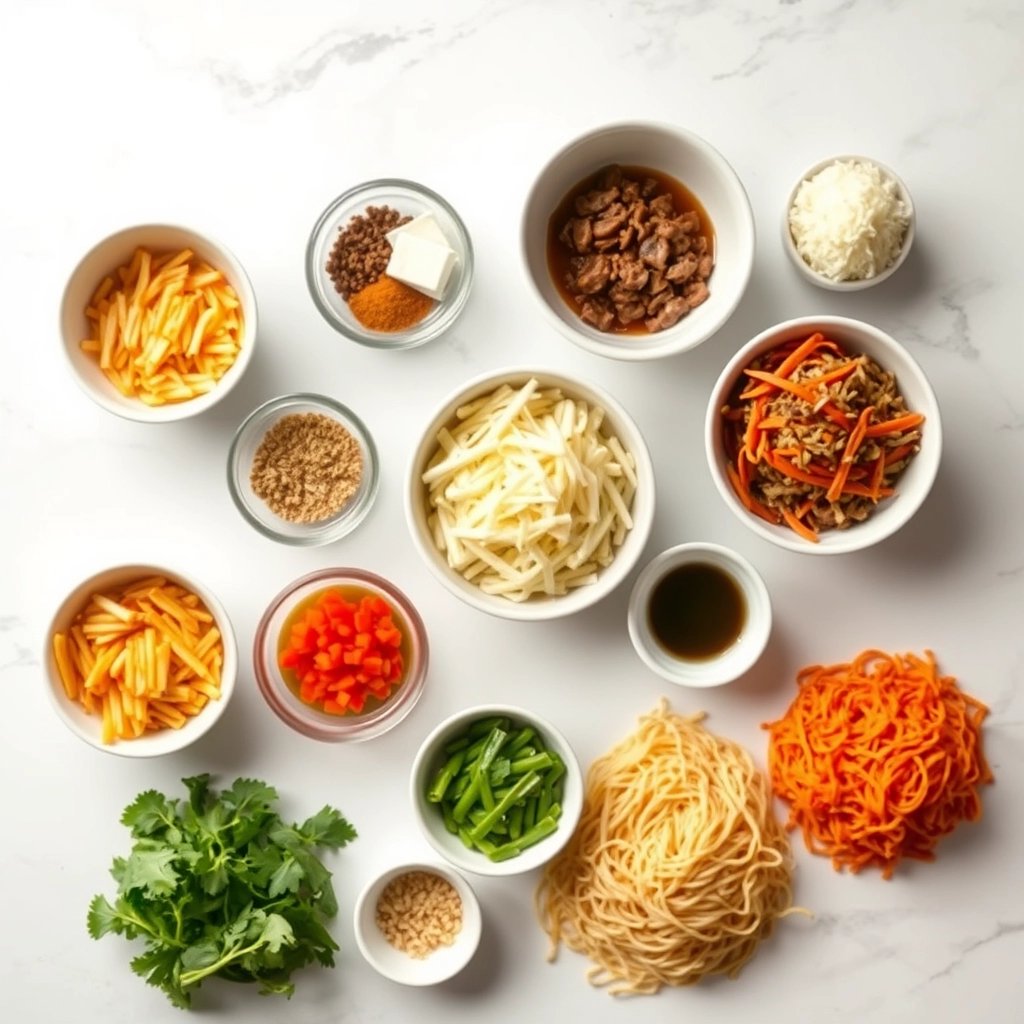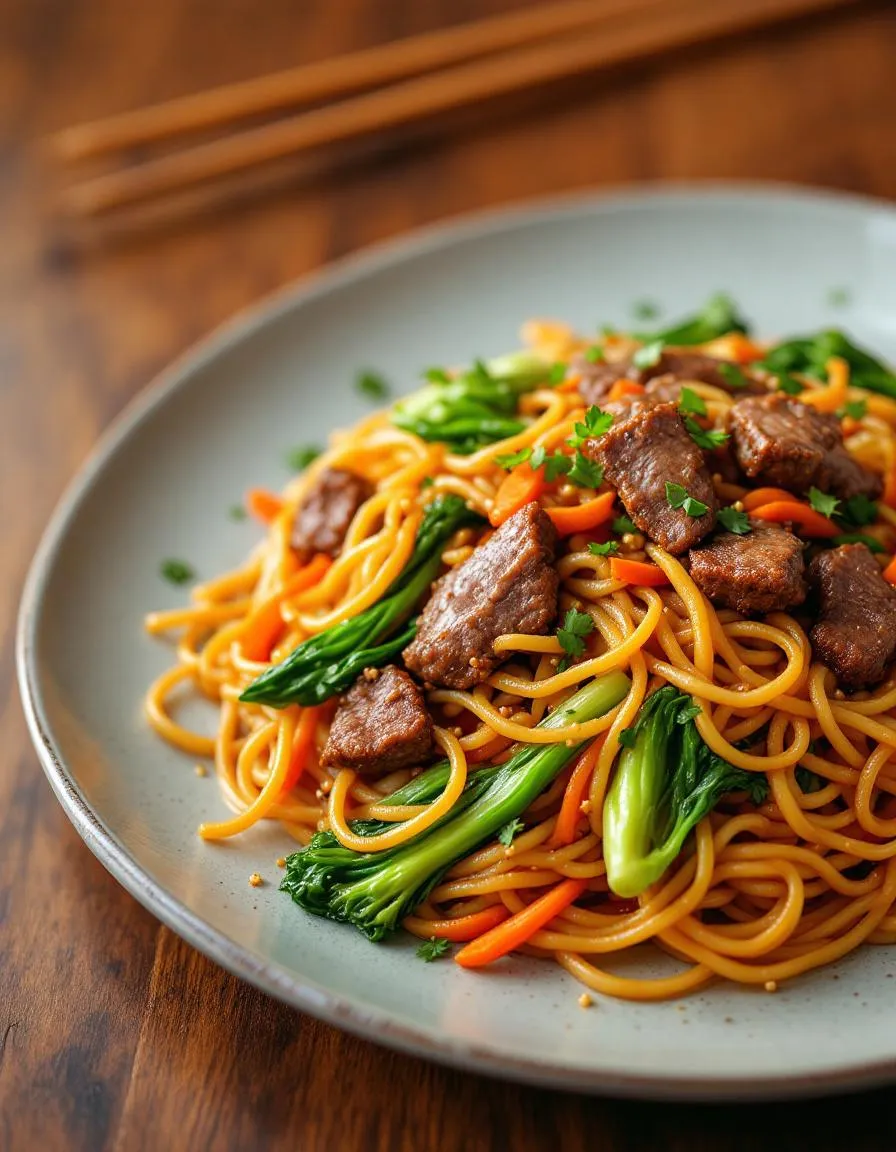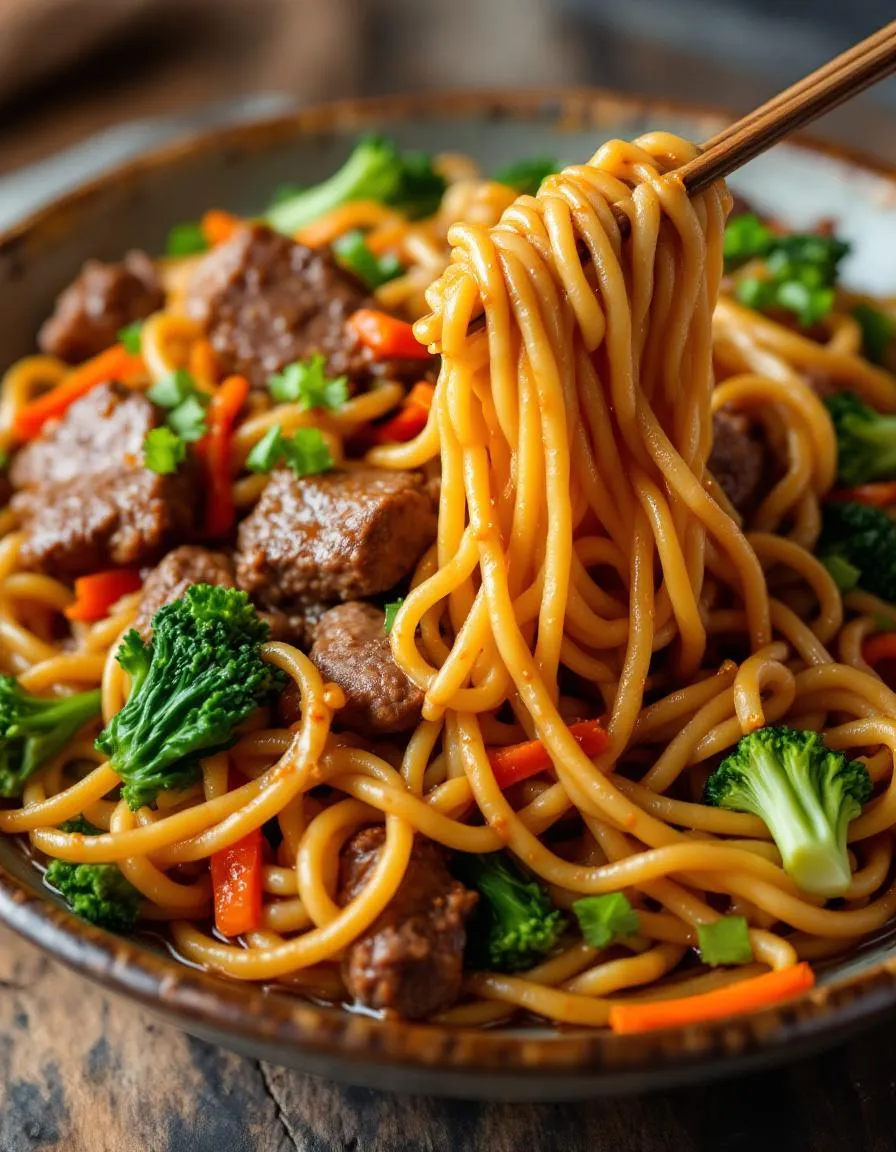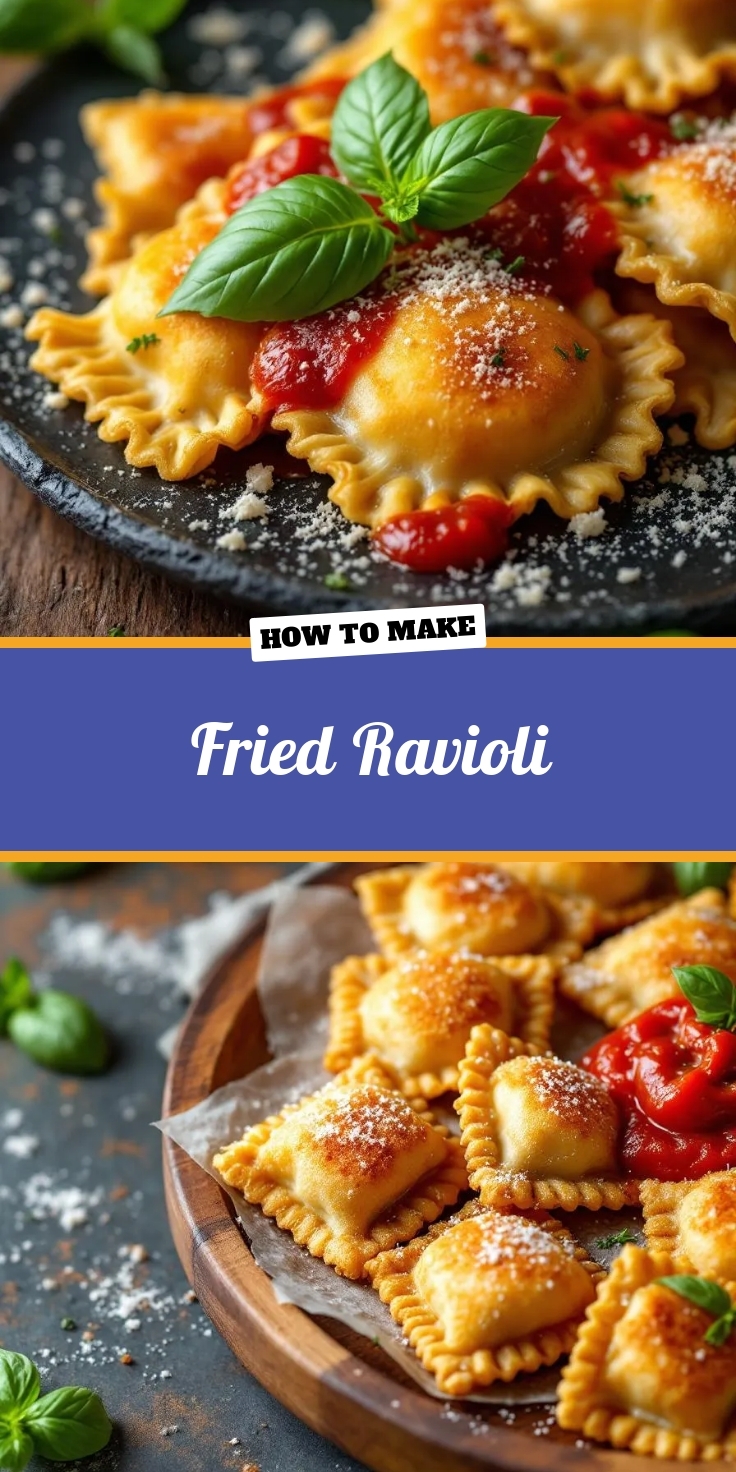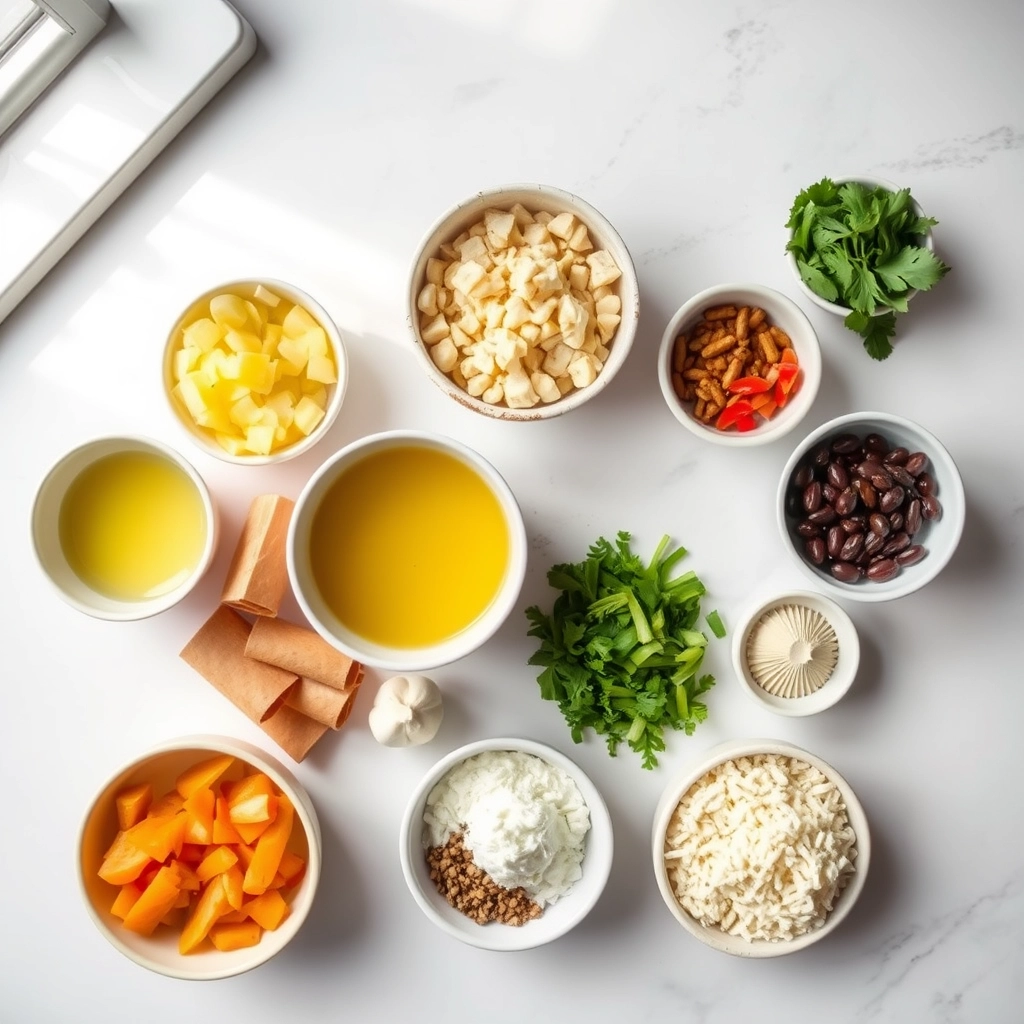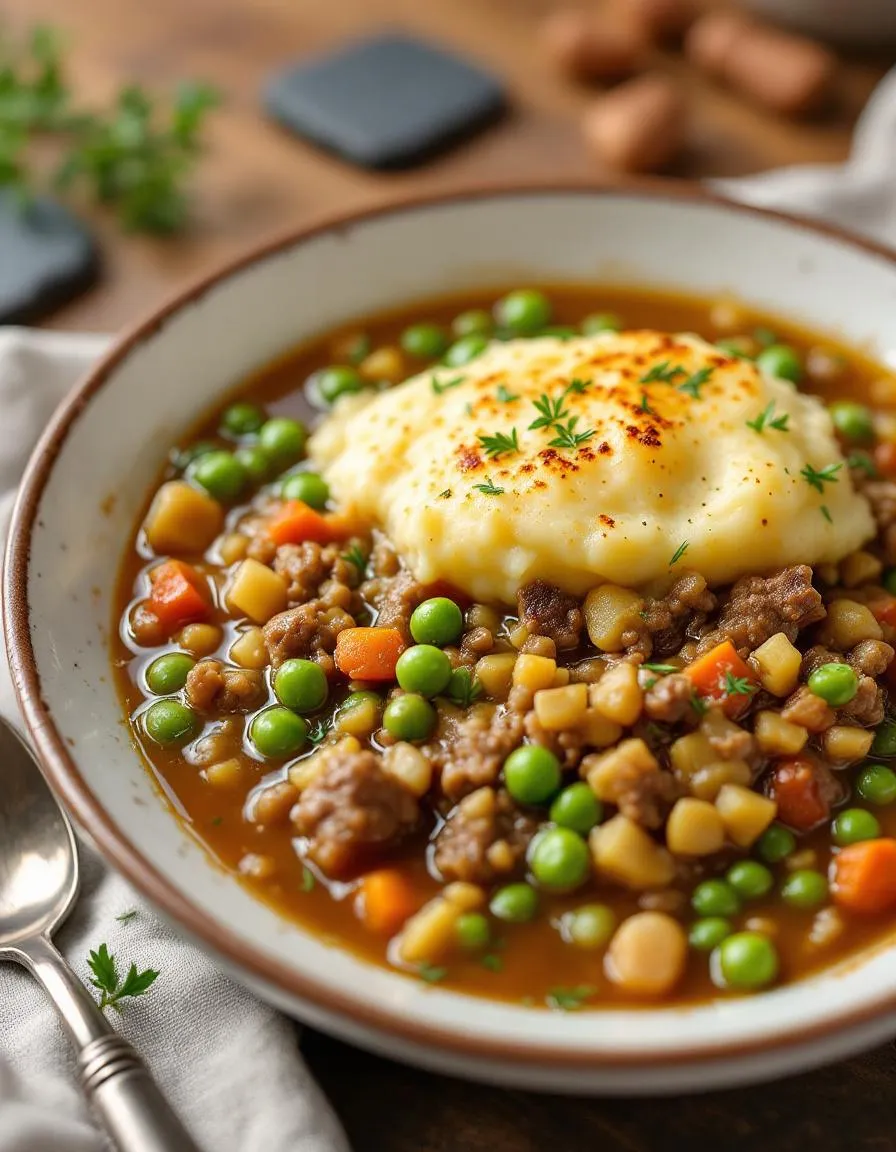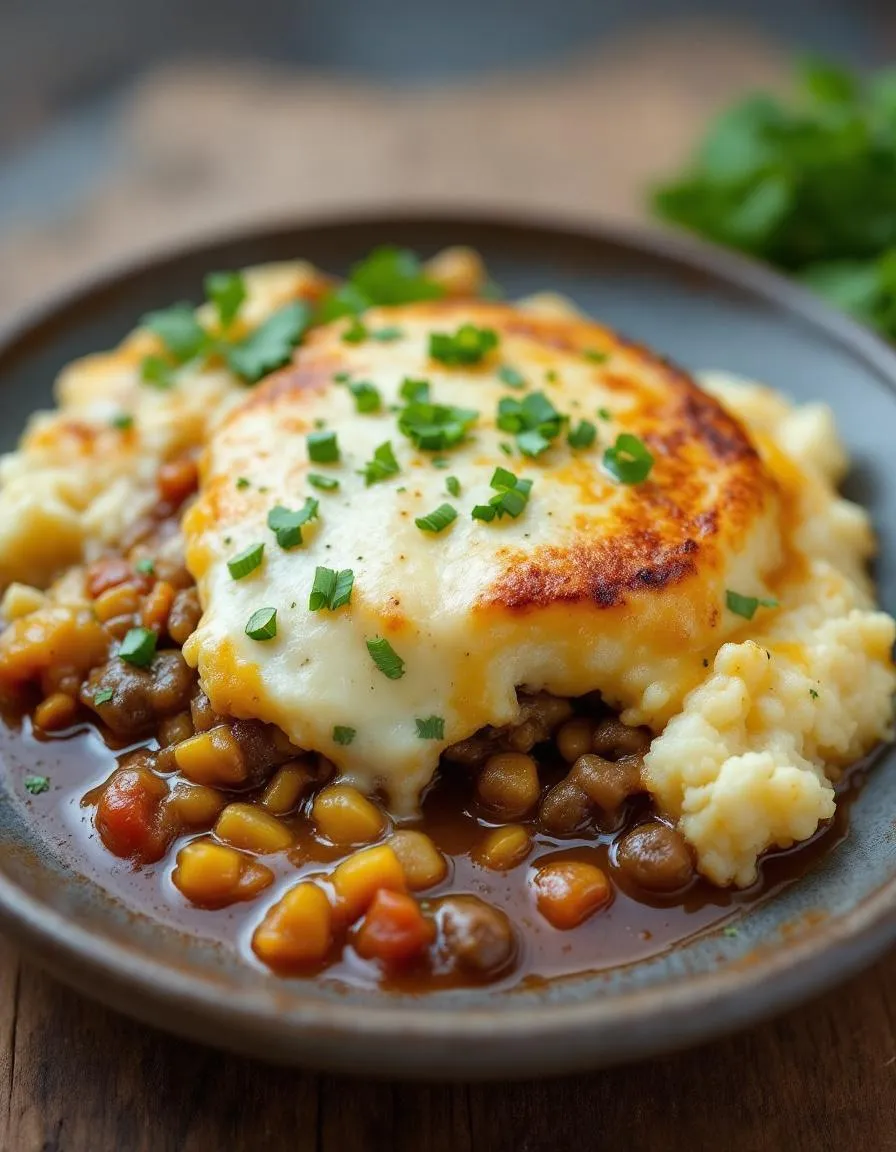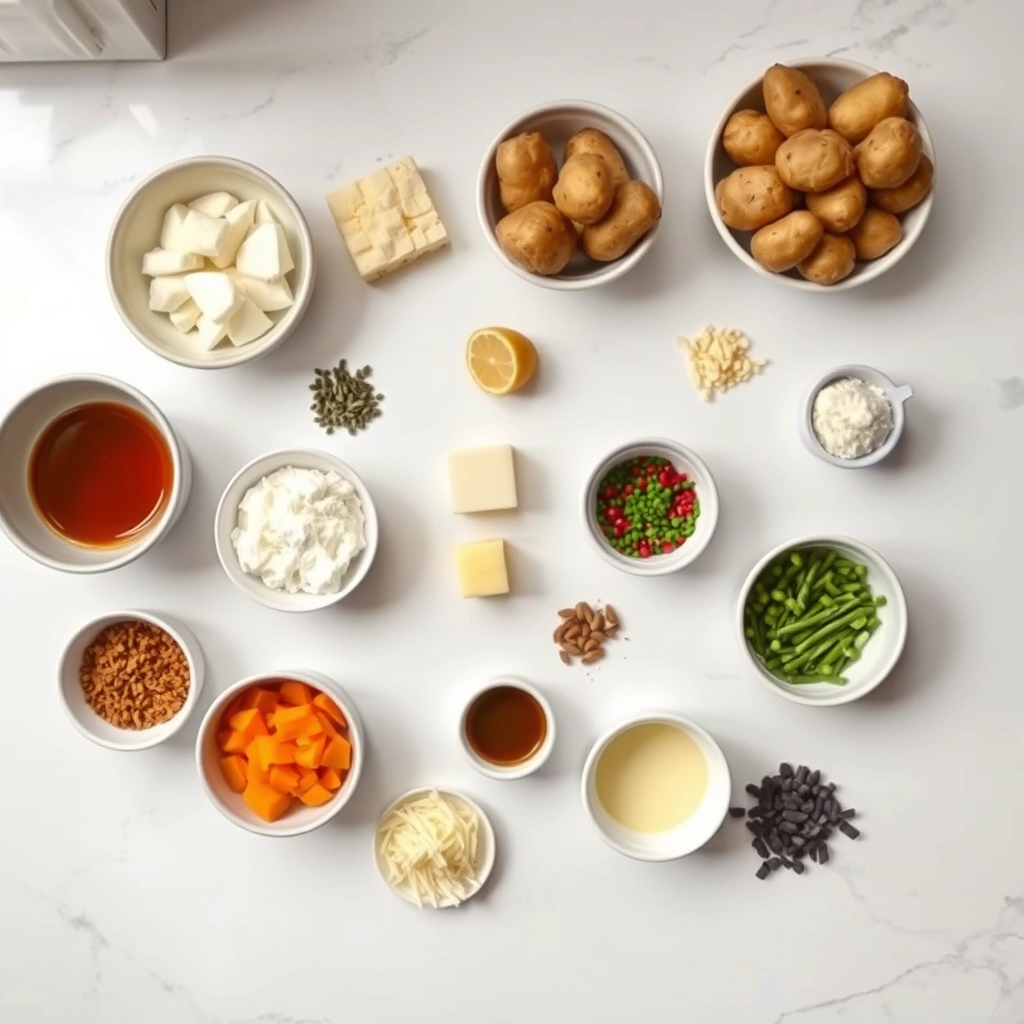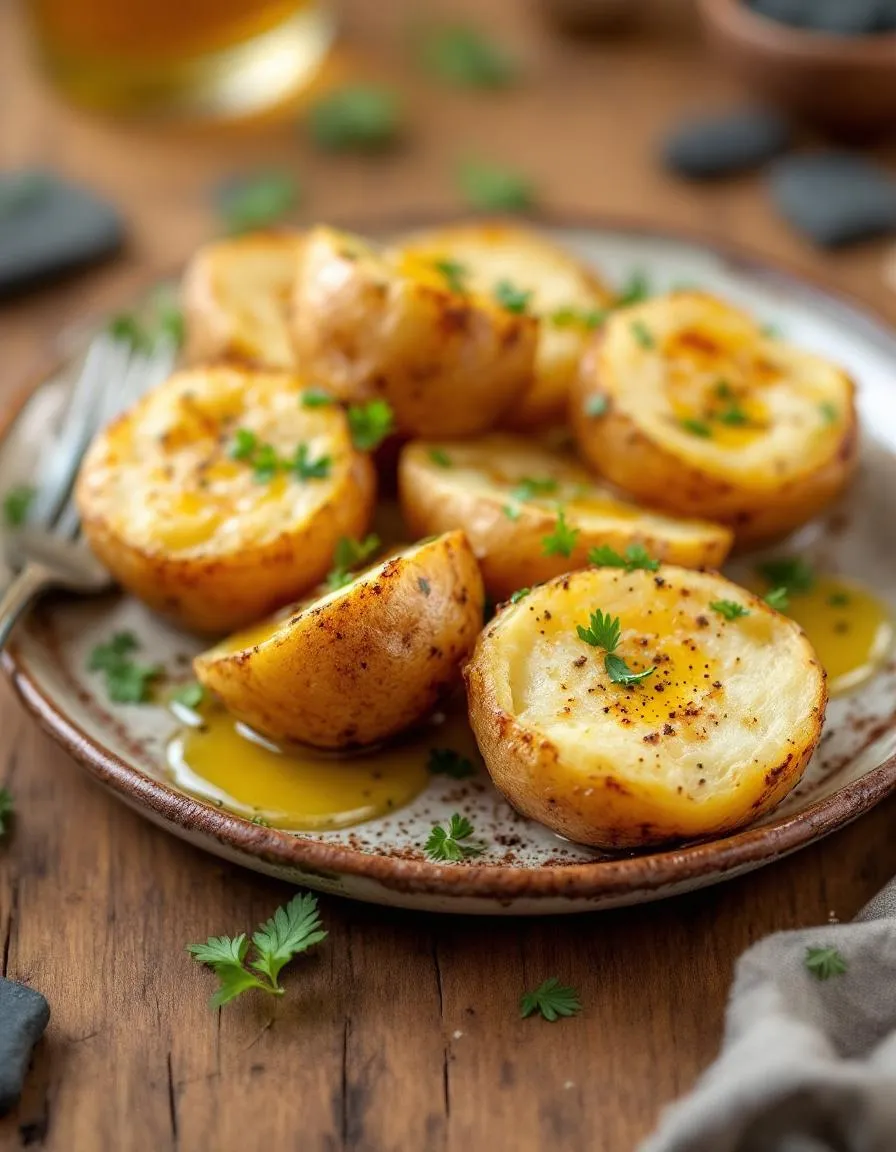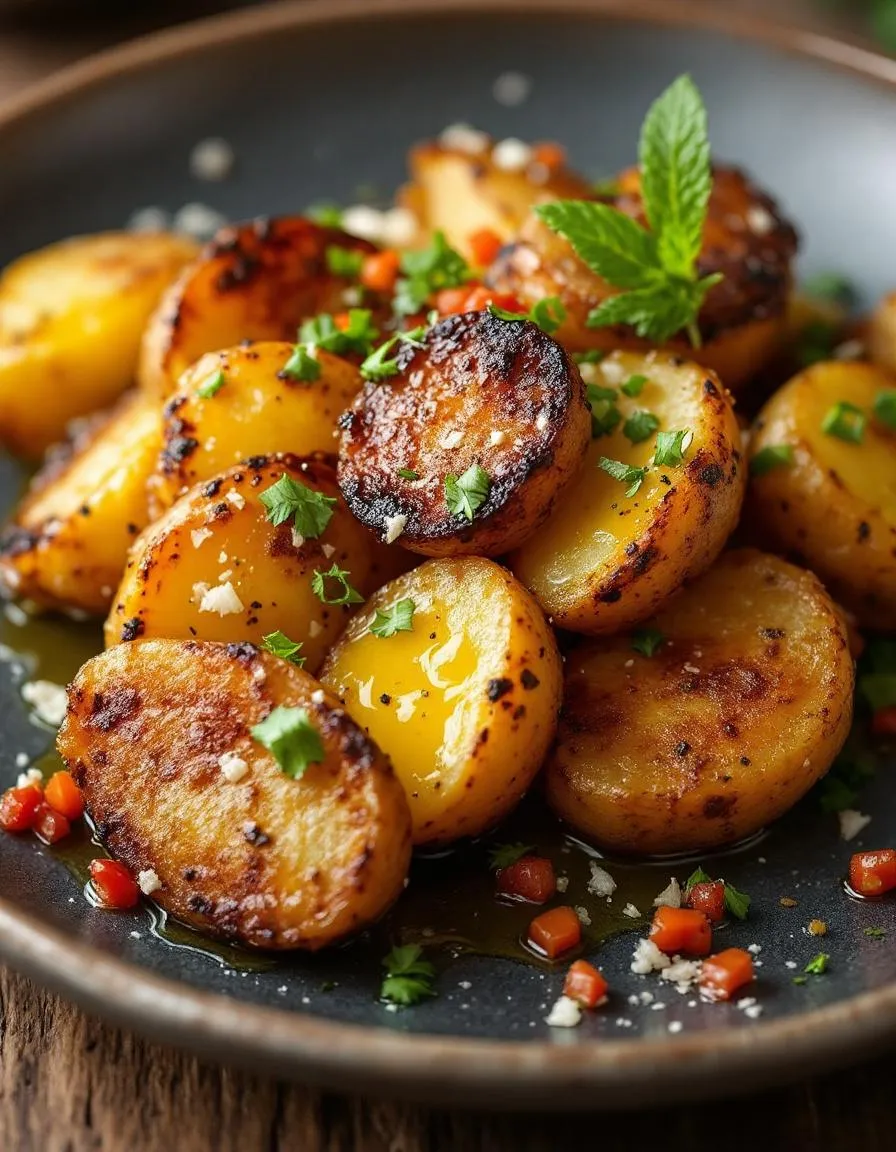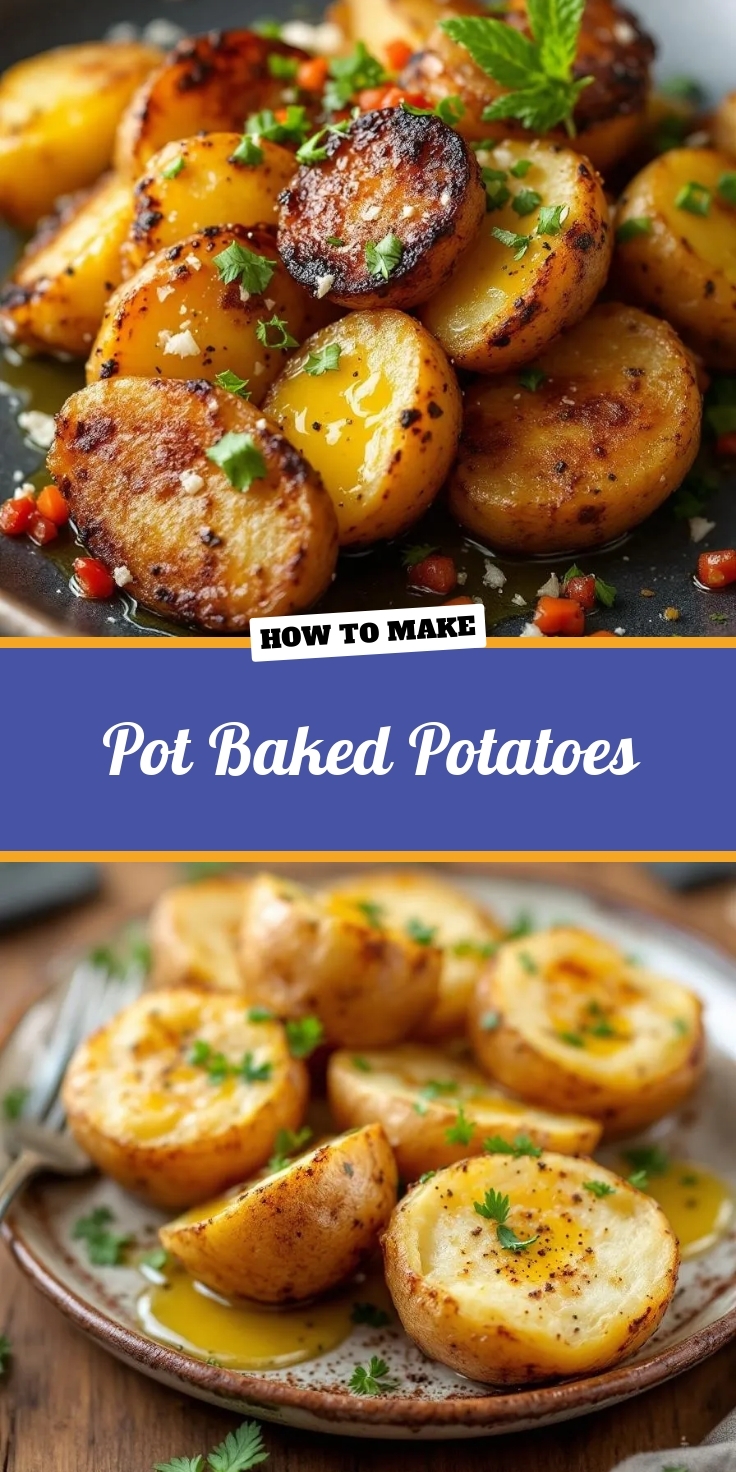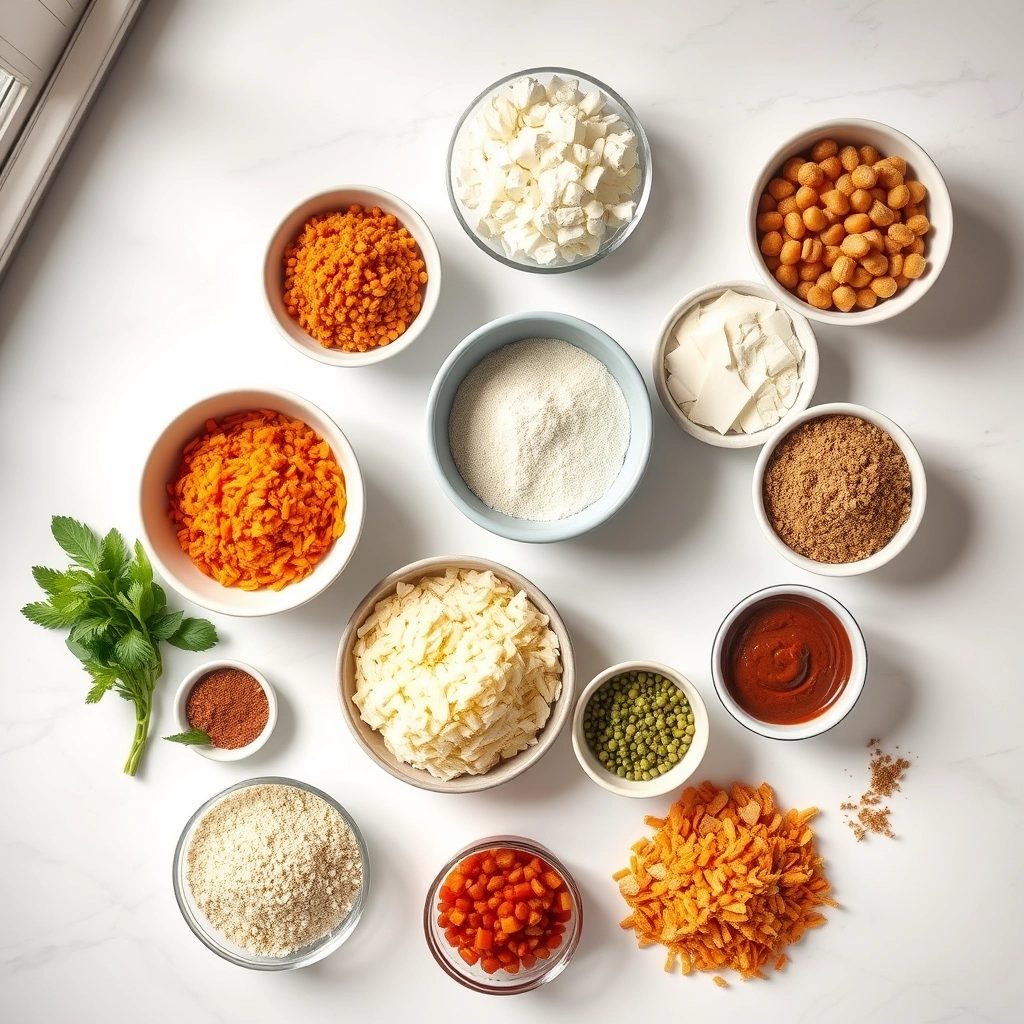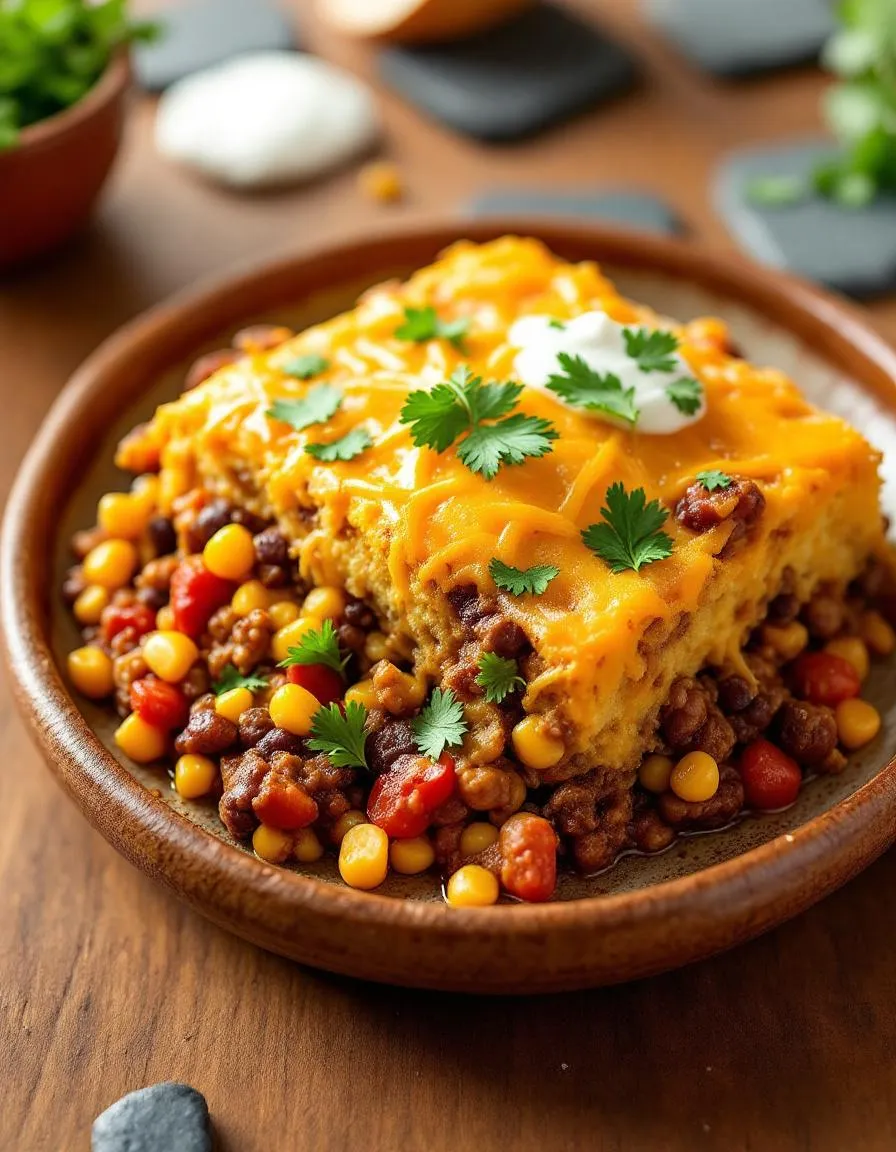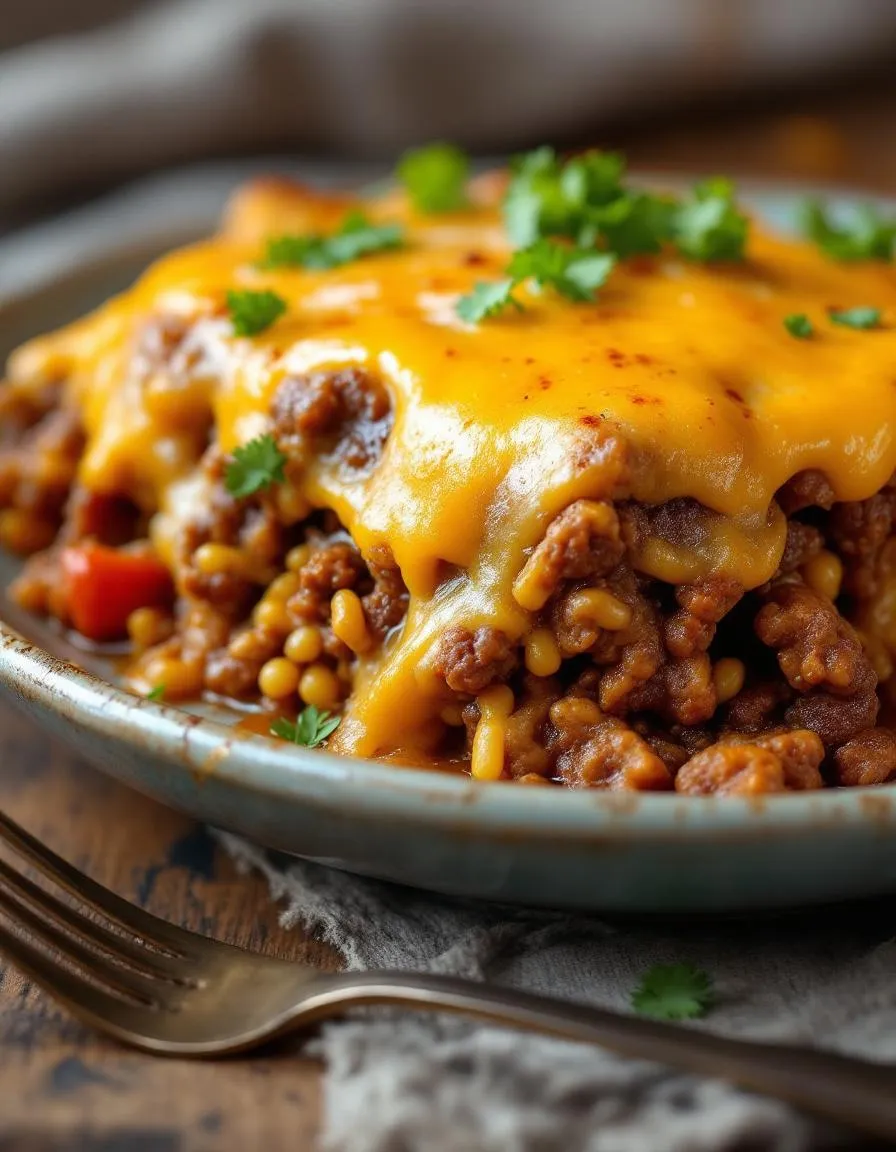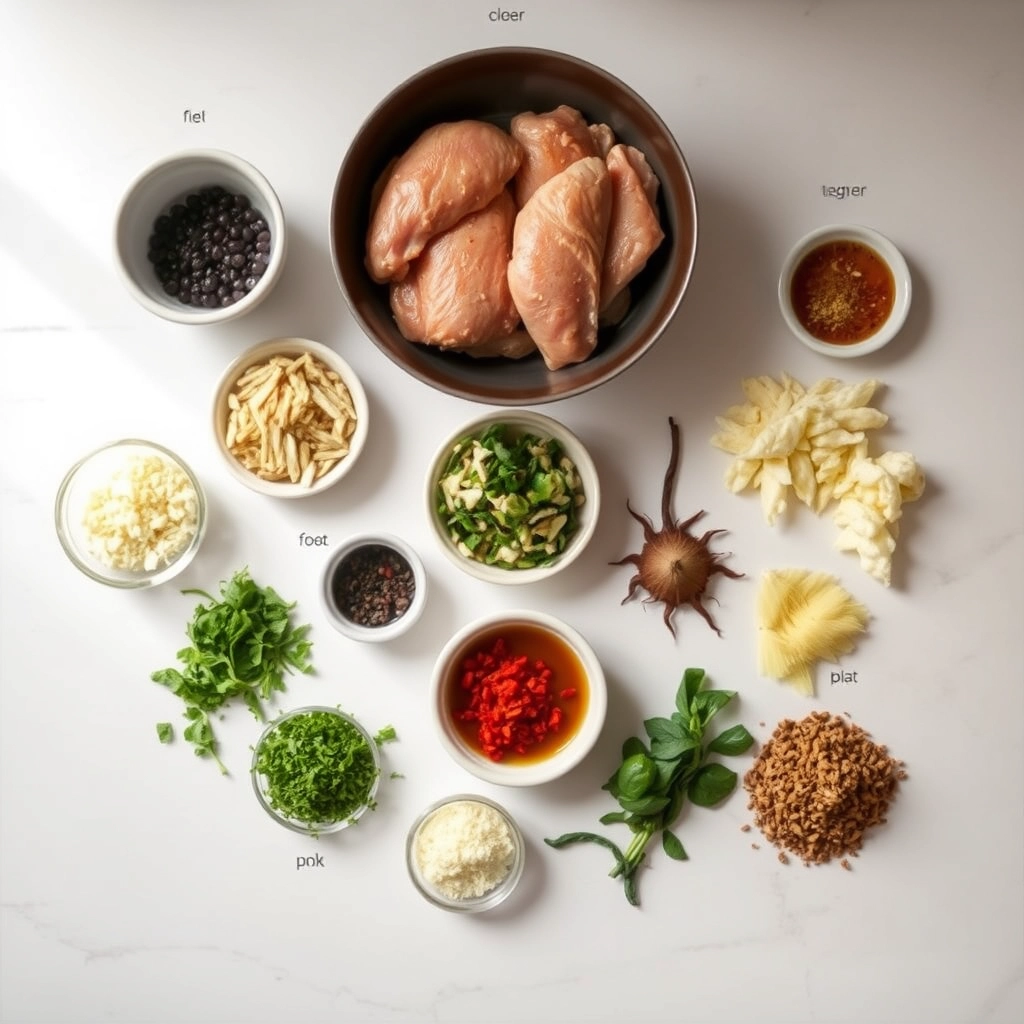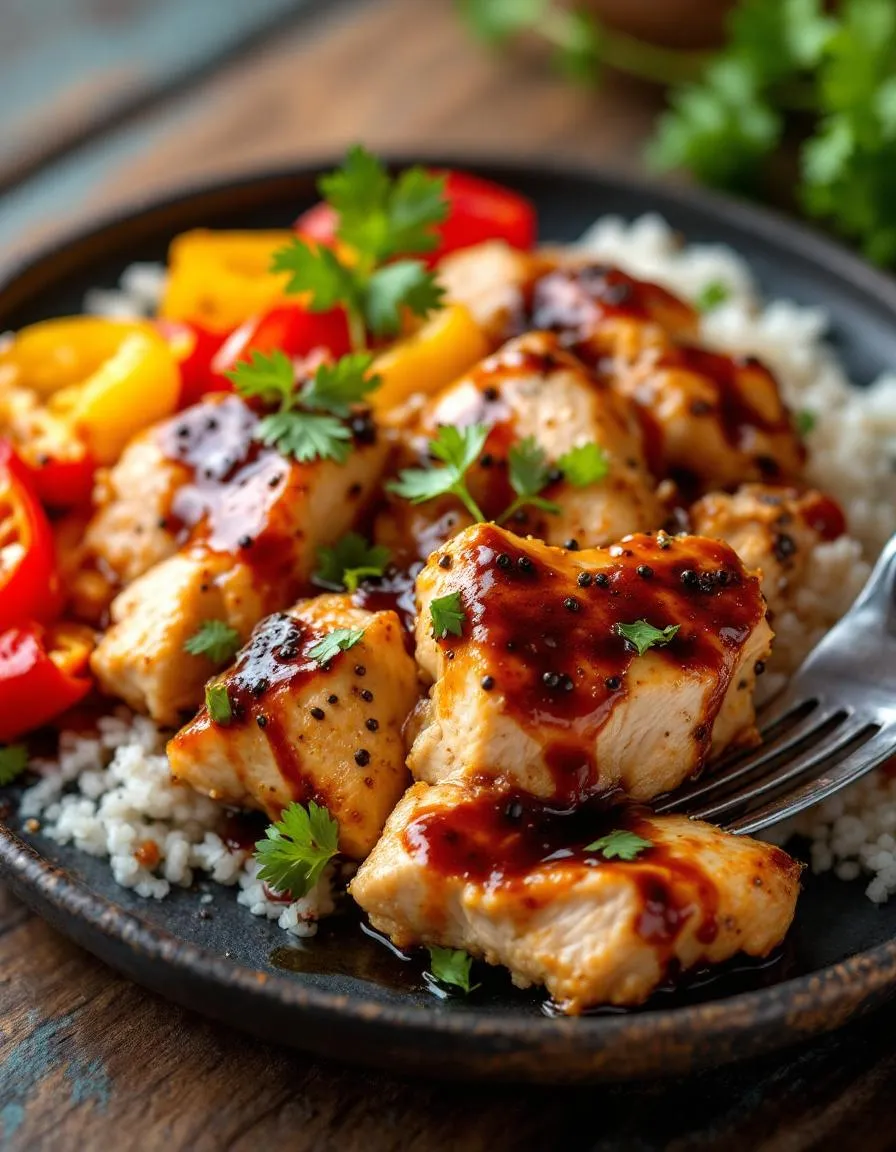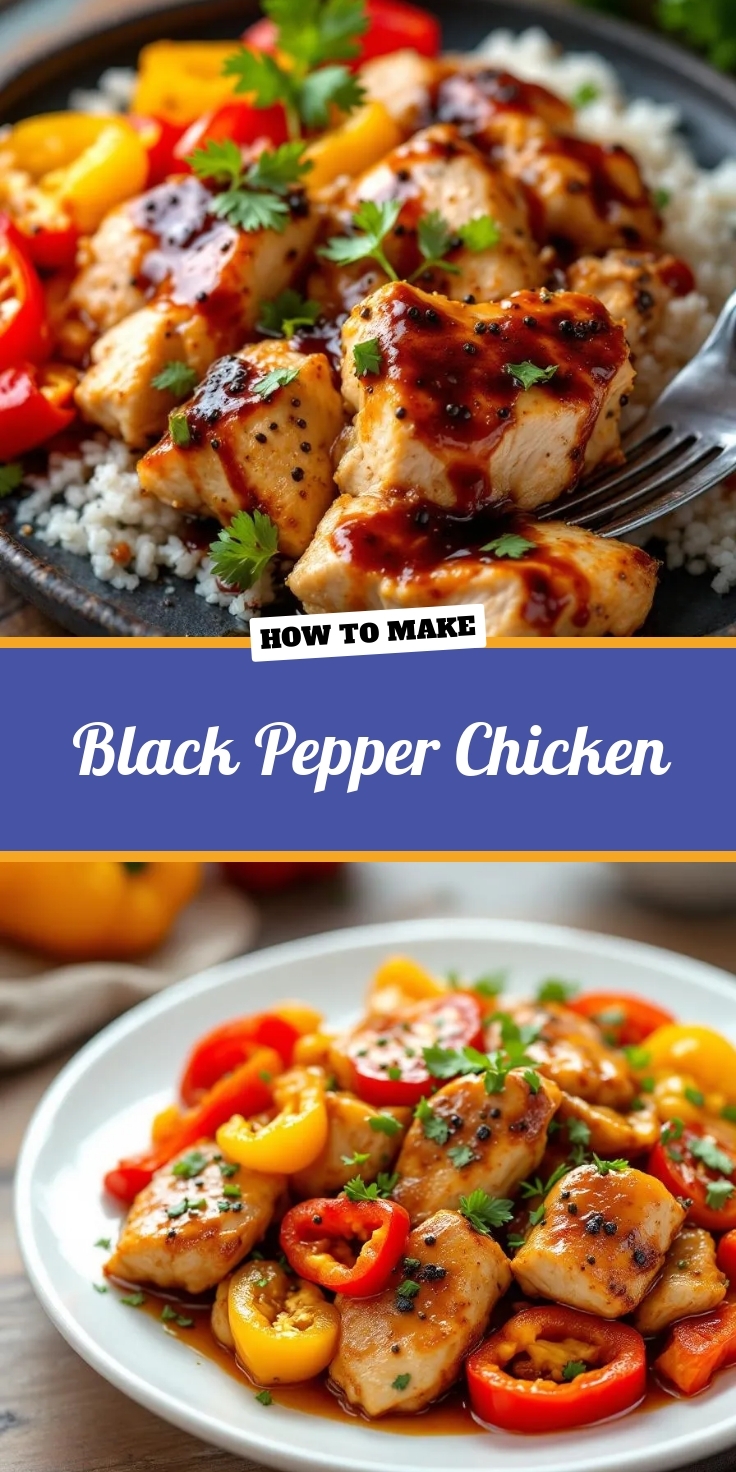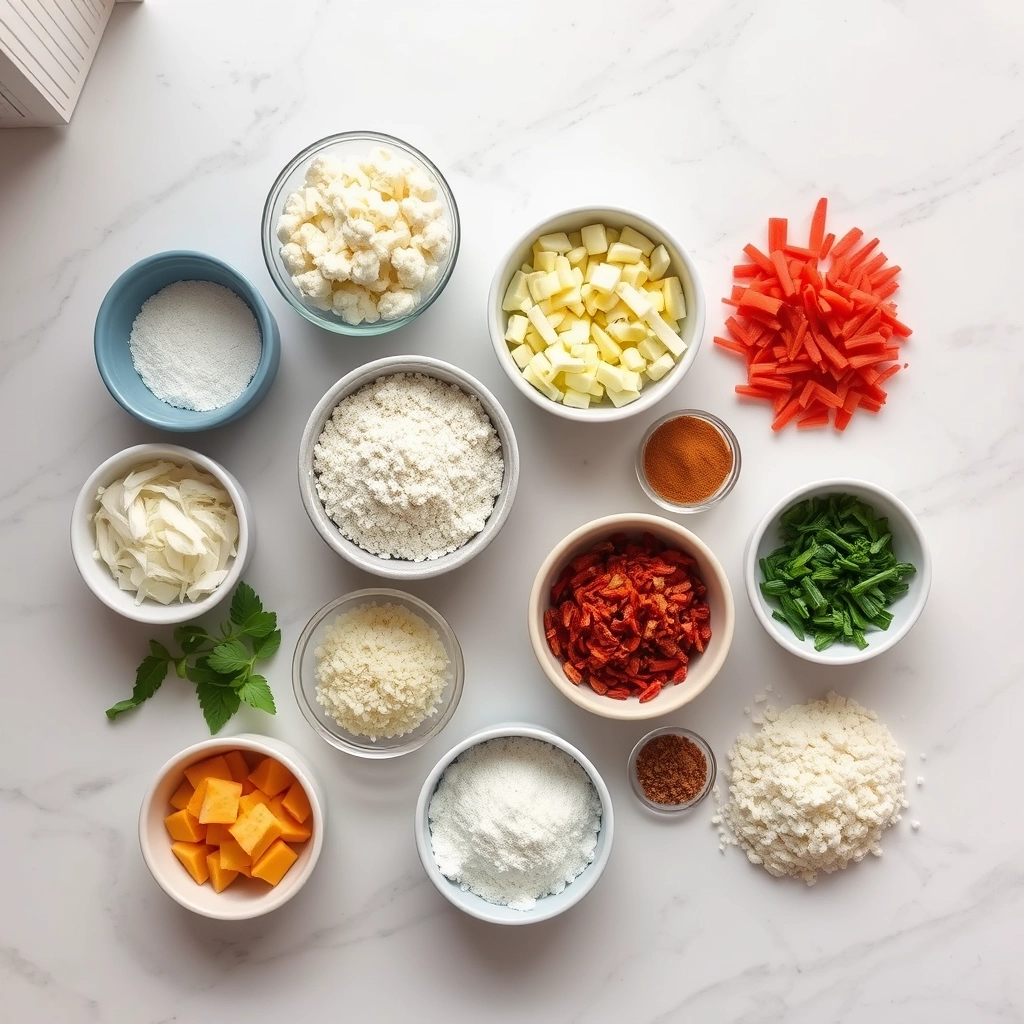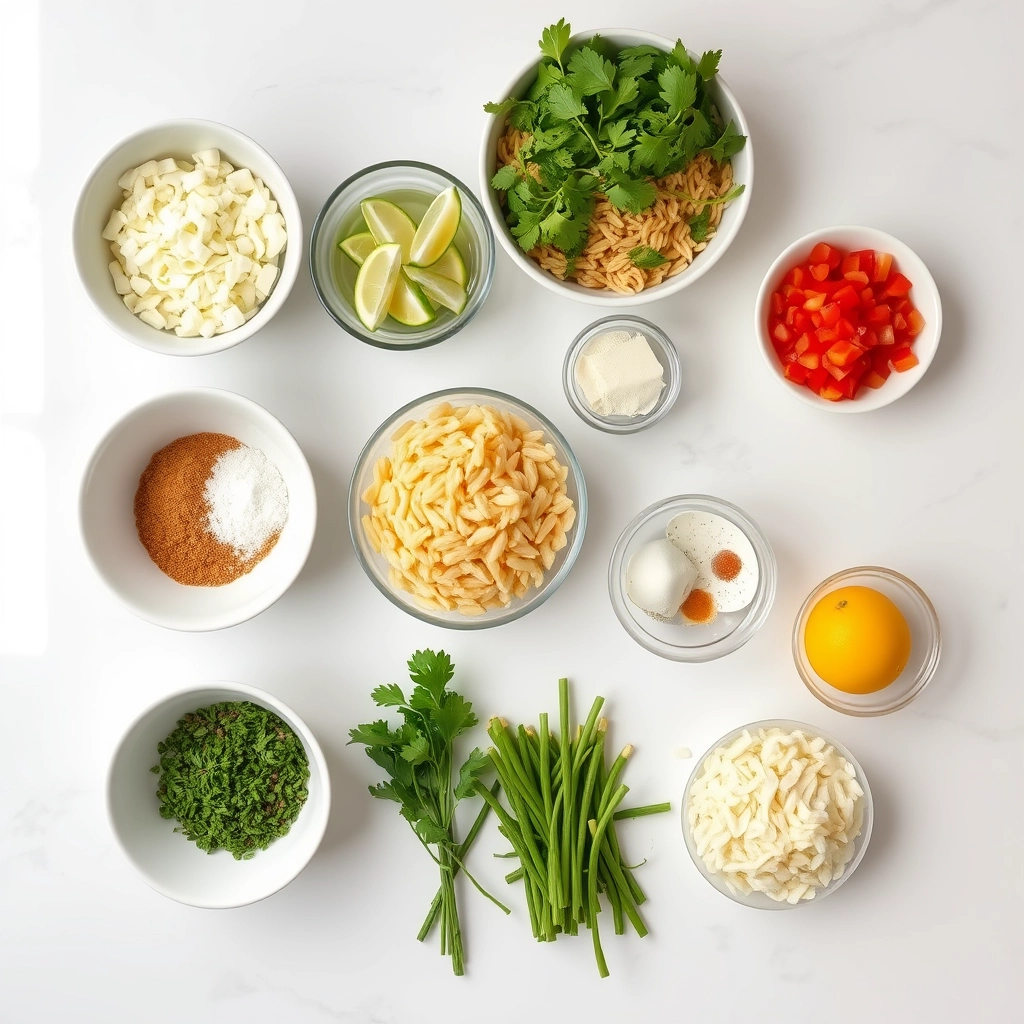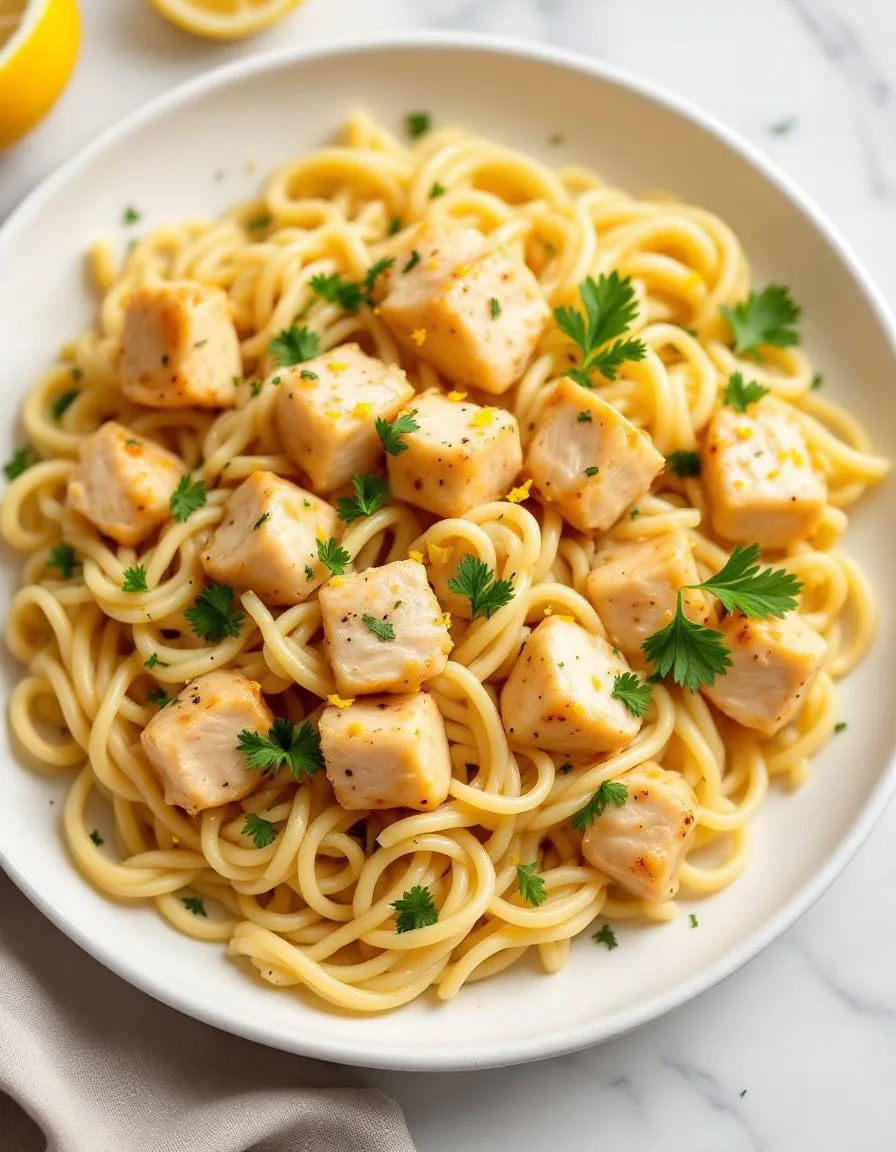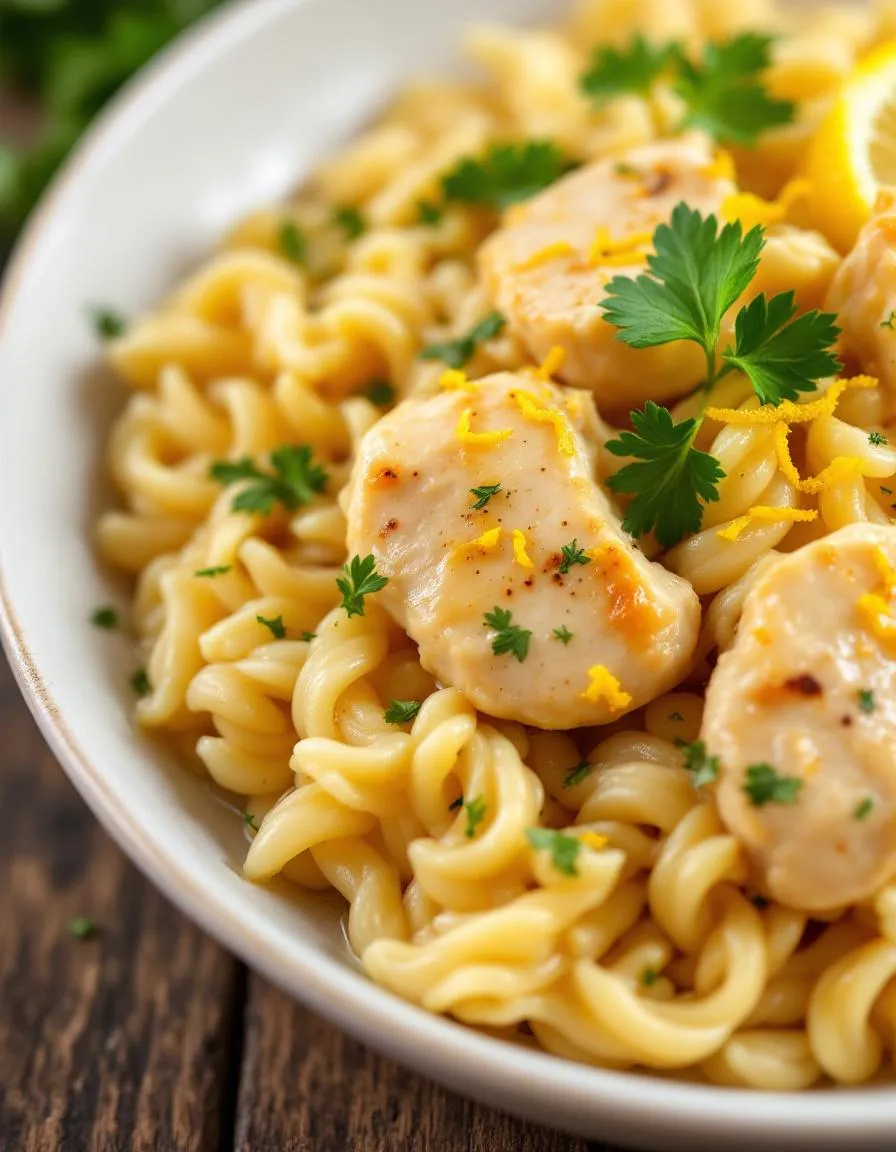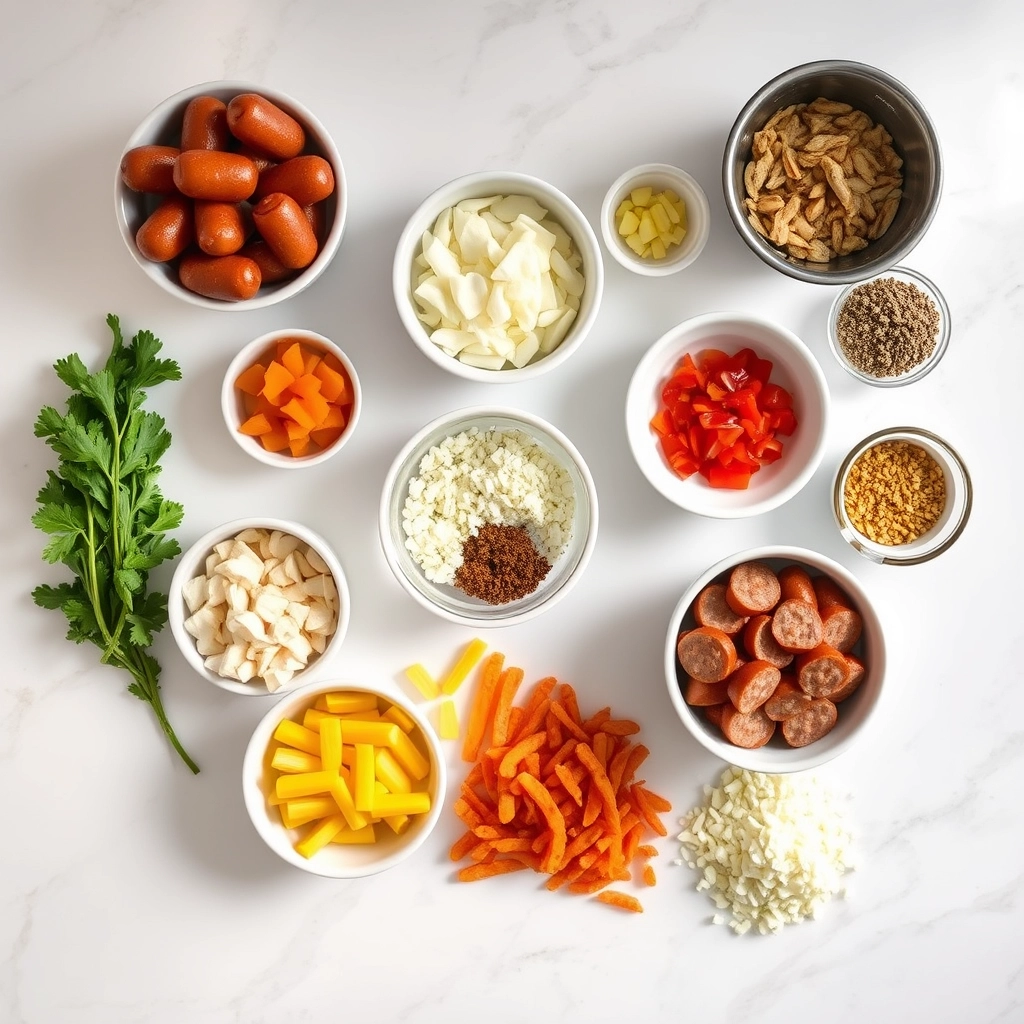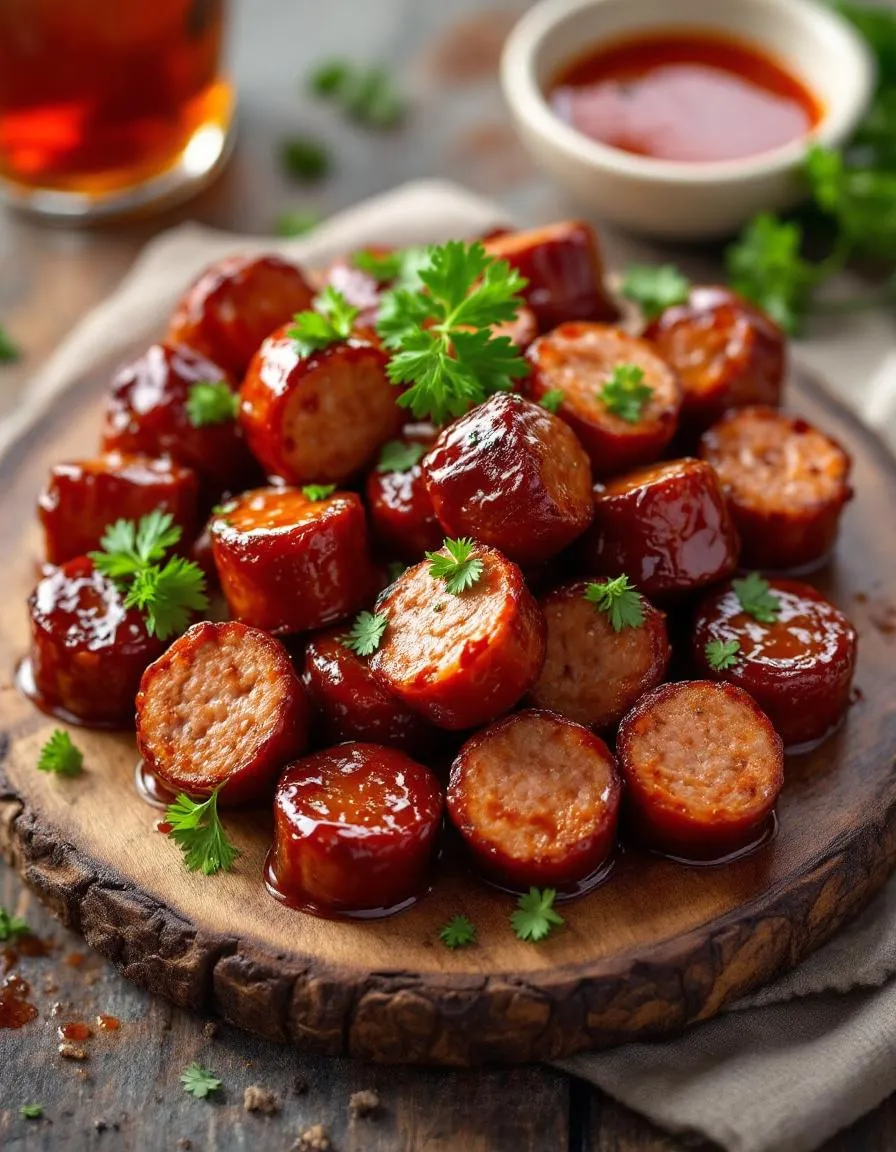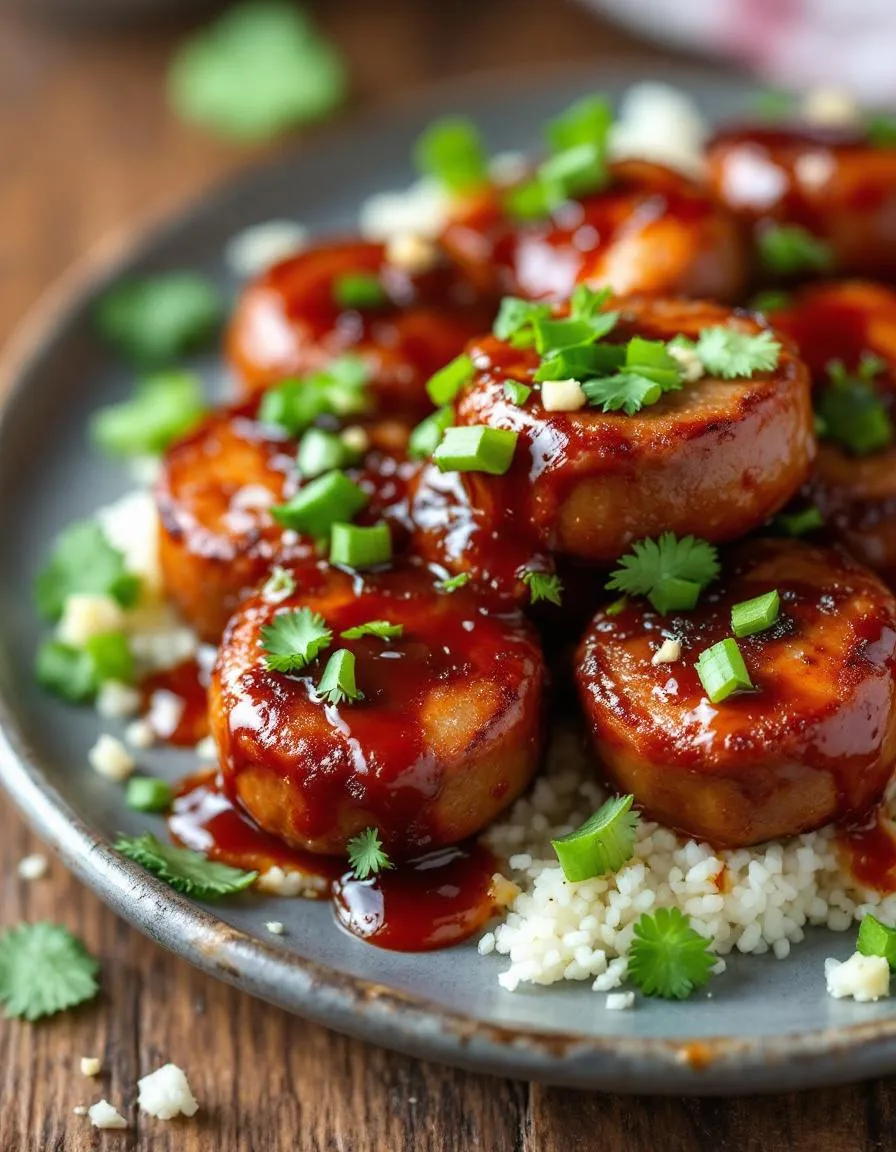“`html
Introduction
Hi there! I’m Emily, the heart and soul behind brekcakes.com. From my earliest memories, the kitchen has always been a place of warmth and creativity. It’s where I discovered the magic of turning simple ingredients into extraordinary meals and learned that the best dishes are often made with love as the main ingredient.
There’s something undeniably comforting about pulling apart a warm, freshly baked loaf of bread, especially when it’s filled with tender, flavorful chicken. That’s exactly what you’ll get with these Gevlochten Sesambroodjes met Kip—a Dutch-inspired braided sesame bread stuffed with savory chicken. Whether you’re hosting a cozy dinner or simply craving a hearty homemade treat, this recipe delivers both nostalgia and satisfaction in every bite. Plus, the golden sesame crust adds a delightful crunch that makes it impossible to resist.
Gevlochten Sesambroodjes met Kip, or “braided sesame bread with chicken,” is a delightful fusion of soft, fluffy dough and rich, seasoned chicken filling. Originating from Dutch cuisine, this dish stands out for its beautiful presentation and irresistible flavor. The braided technique not only makes it visually stunning but also ensures every slice holds the perfect balance of dough and filling. For anyone who loves baking, this recipe offers a fun challenge with rewarding results. Meanwhile, the sesame seeds add a nutty depth that complements the juicy chicken beautifully. If you enjoy dishes that blend tradition with creativity, you’ll adore how this recipe brings people together—just like my favorite Dutch apple pie does during family gatherings.
What makes Gevlochten Sesambroodjes met Kip so special is its versatility. You can serve it as a centerpiece for Sunday brunch, pack it for picnics, or even enjoy it as a satisfying snack. The recipe also adapts easily to different tastes—swap the chicken for spiced beef or keep it vegetarian with mushrooms and cheese. For more inspiration on Dutch-inspired baking, check out my stroopwafel recipe, which shares the same homely charm. Above all, this dish embodies what brekcakes.com stands for: food that’s made with care, meant to be shared, and always delicious.
Why I Love This Recipe
Gevlochten Sesambroodjes met Kip holds a special place in my heart because it reminds me of my first trip to the Netherlands, where I fell in love with the country’s baking traditions. The aroma of freshly baked bread mingling with savory fillings instantly transported me to cozy Dutch bakeries. Now, every time I make this recipe, I relive those memories while creating new ones with friends and family. It’s more than just a dish—it’s a story on a plate, one that I hope you’ll make part of your own kitchen adventures.
“`
Health and Nutrition
Why it’s good for your body
Gevlochten Sesambroodjes met Kip packs a nutritious punch while delighting your taste buds. First, the chicken provides lean protein, which helps build muscle and keeps you full longer. Meanwhile, the sesame seeds add healthy fats and antioxidants, supporting heart health and reducing inflammation. Together, these ingredients make Gevlochten Sesambroodjes met Kip a satisfying and wholesome choice.
Additionally, the whole wheat dough in Gevlochten Sesambroodjes met Kip offers fiber, aiding digestion and stabilizing blood sugar levels. Unlike refined flour, whole grains provide sustained energy without crashes. Plus, sesame seeds contribute calcium and magnesium, promoting strong bones and relaxed muscles. Whether you enjoy it as a snack or meal, Gevlochten Sesambroodjes met Kip nourishes your body from the inside out.
Finally, the dish balances flavor and nutrition effortlessly. The savory chicken pairs perfectly with the nutty sesame, creating a harmony of textures and nutrients. Because it’s baked, not fried, Gevlochten Sesambroodjes met Kip keeps excess oil to a minimum. For a dish that fuels your day without guilt, this recipe delivers on every level.
How it fits in a healthy lifestyle
Gevlochten Sesambroodjes met Kip fits seamlessly into a balanced diet. If you’re aiming for high-protein meals, the chicken ensures you meet your goals while keeping calories in check. For those focusing on heart health, the sesame seeds and whole grains provide essential nutrients without unhealthy fats. It’s also a great option for meal prepping, as it stays fresh and delicious for days.
Pair Gevlochten Sesambroodjes met Kip with a fresh salad or steamed veggies for a complete, nutrient-dense meal. If you’re exploring other wholesome recipes, try our healthy dinner ideas for more inspiration. And if you love baking with nutrient-rich ingredients, our whole grain baking guide will help you create even more balanced treats. With its versatility and nutrition, Gevlochten Sesambroodjes met Kip makes eating well simple and enjoyable.
PrintGevlochten Sesambroodjes met Kip
Description
Delicious braided sesame bread rolls filled with tender chicken, perfect for a hearty meal.
Ingredients
For the Crust:
- 500g bread flour
- 1 packet active dry yeast
- 1 tsp sugar
- 1 tsp salt
- 300ml warm water
- 2 tbsp olive oil
- 300g cooked chicken, shredded
- 1 tsp garlic powder
- 1 tsp onion powder
- 1 tsp paprika
- 2 tbsp sesame seeds
- 1 egg, beaten (for egg wash)
Instructions
1. Prepare the Crust:
- In a large bowl, mix the flour, yeast, sugar, and salt. Add warm water and olive oil, then knead into a smooth dough.
- Cover the dough and let it rise in a warm place for 1 hour or until doubled in size.
- Preheat the oven to 180°C (350°F). Line a baking tray with parchment paper.
- In a bowl, mix the shredded chicken with garlic powder, onion powder, and paprika.
- Divide the dough into equal portions. Roll each portion into a long rope, then flatten slightly.
- Place a spoonful of the chicken mixture along the center of each dough rope. Fold the dough over the filling and pinch to seal.
- Braid the filled dough ropes and place them on the prepared baking tray. Brush with beaten egg and sprinkle with sesame seeds.
- Bake for 25-30 minutes or until golden brown. Let cool slightly before serving.
Notes
You can customize the seasonings to taste.
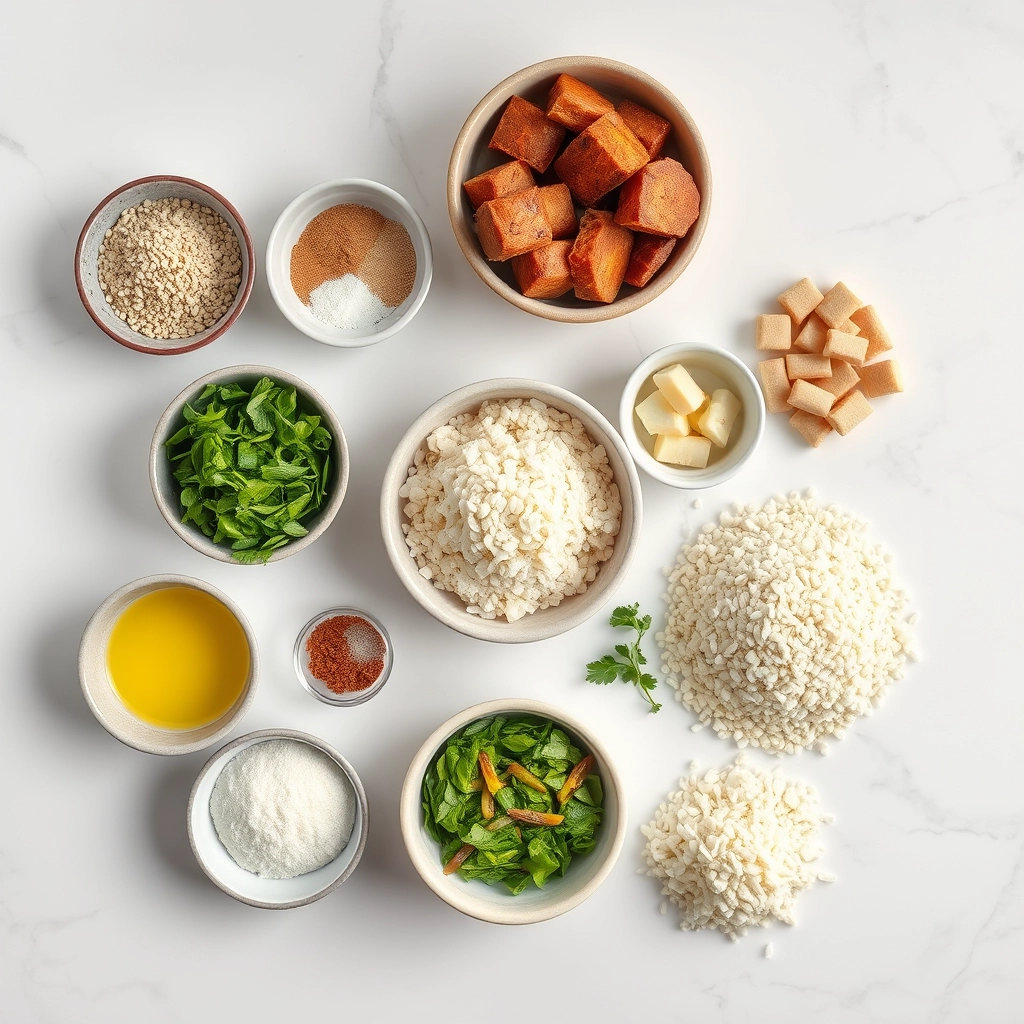
“`html
How to Prepare This Dish
Steps and time-saving tips
Start by preheating your oven to 375°F so it’s ready when you finish prepping the Gevlochten Sesambroodjes met Kip. While the oven heats, whisk together the flour, yeast, and a pinch of sugar in a large bowl. Gradually add warm water and mix until the dough comes together. Knead it on a floured surface for about 5 minutes until smooth. Meanwhile, season your chicken with salt, pepper, and a touch of garlic powder for extra flavor. Roll out the dough into a rectangle, then spread the cooked chicken evenly over half of it. Fold the other half over the filling and press the edges to seal. Cut the dough into strips, twist each one gently, and brush with beaten egg for a golden finish. Sprinkle sesame seeds generously on top before baking for 20-25 minutes. To save time, prep the chicken filling a day ahead or use store-bought rotisserie chicken. Let the bread cool slightly before serving to avoid a soggy bottom.
Mistakes I’ve made and learned from
My first attempt at Gevlochten Sesambroodjes met Kip ended with undercooked dough because I rushed the baking time. Now, I always use an oven thermometer to ensure accuracy. Another blunder? Overstuffing the bread, which caused messy leaks. I learned that less is more—just a thin layer of chicken keeps everything intact. If your dough feels sticky, check out my dough consistency guide for fixes. And if sesame seeds slide off during baking, lightly mist the egg wash with water before sprinkling—it’s a trick from my sesame seed mastery post. Trust me, these small adjustments make all the difference!
“`

Cultural Connection and Variations
Where this recipe comes from
Gevlochten Sesambroodjes met Kip, or braided sesame bread with chicken, carries a rich heritage rooted in Dutch and Indonesian culinary traditions. Dutch colonizers brought their love for soft, buttery bread to Indonesia, where local cooks infused it with aromatic spices and tender chicken. Today, this dish bridges two cultures, offering a delicious blend of European baking techniques and Southeast Asian flavors.
In the Netherlands, families often serve Gevlochten Sesambroodjes met Kip during festive gatherings, weaving the dough into intricate braids for special occasions. Meanwhile, Indonesian versions might swap sesame seeds for crushed peanuts or add a hint of lemongrass. Some home cooks even stuff the bread with shredded chicken tossed in kecap manis, a sweet soy sauce. No matter the variation, the dish always feels comforting and celebratory.
My grandmother used to make Gevlochten Sesambroodjes met Kip every Sunday, filling our kitchen with the scent of toasted sesame and warm spices. She’d laugh as we kids tried (and failed) to braid the dough as neatly as she did. Over time, I’ve tweaked her recipe, adding a dash of chili for heat or serving it with a tangy peanut sauce. That’s the beauty of this dish—it invites creativity while staying true to its roots.
How it fits in today’s cooking
Gevlochten Sesambroodjes met Kip still shines in modern kitchens, whether as a weeknight dinner or a showstopping party dish. Busy cooks love its versatility, pairing it with everything from crisp salads to hearty soups. Some even turn it into a meal prep staple, freezing extra portions for quick lunches. For inspiration, check out our guide to easy meal prep ideas that save time without sacrificing flavor.
Health-conscious eaters also adapt the recipe, using whole wheat flour or air-frying the chicken for a lighter twist. Others bake mini versions for kids’ lunchboxes or serve them as appetizers at potlucks. No matter how you slice it, Gevlochten Sesambroodjes met Kip fits seamlessly into today’s cooking routines. Want to explore more global flavors? Our international recipes collection offers plenty of tasty inspiration.
Taste and Texture
What makes it delicious
Gevlochten Sesambroodjes met Kip delights with a perfect balance of savory and nutty flavors. The tender, shredded chicken mingles with the rich, toasted sesame seeds, creating a satisfying crunch in every bite. Meanwhile, the soft, braided bread soaks up the juices, offering a pillowy contrast to the crisp exterior. Warm aromas of garlic and sesame drift up as you tear into it, making each mouthful irresistible. Whether served fresh or reheated, Gevlochten Sesambroodjes met Kip delivers a comforting yet exciting meal that keeps you coming back for more.
Boosting the flavor
Elevate your Gevlochten Sesambroodjes met Kip by drizzling it with a spicy sriracha mayo or a tangy yogurt sauce for extra depth. For a bolder twist, swap the chicken with smoked turkey or add a sprinkle of crushed red pepper. Pair it with a bright, herby salad like our Fresh Herb Salad to cut through the richness. If you love experimenting with spices, try our Homemade Spice Blends to customize the seasoning. A squeeze of lemon or a handful of fresh cilantro also brightens the dish effortlessly.
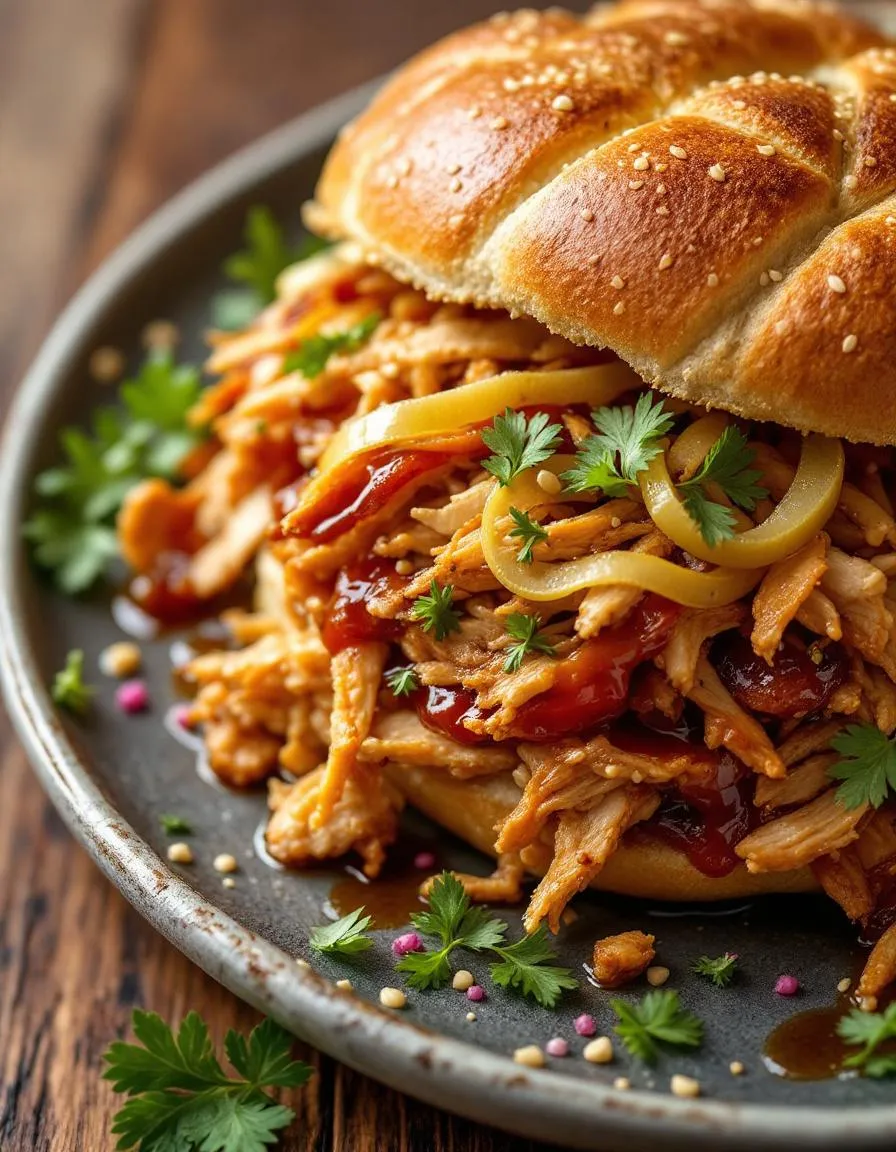
Tips for Success
Best practices for results
Always proof your yeast before mixing the dough for Gevlochten Sesambroodjes met Kip to ensure it activates properly. Meanwhile, lightly toast the sesame seeds for deeper flavor, but watch them closely so they don’t burn. For the softest texture, knead the dough until it passes the windowpane test, then let it rise in a warm spot. Additionally, brush the braided loaf with an egg wash right before baking for a golden, glossy finish.
Mistakes to avoid
One common error is overstuffing the bread with chicken, which can make the dough soggy or unevenly baked. Instead, follow our guide to perfect dough consistency for the right filling-to-dough ratio. Another mistake is skipping the second rise, which gives Gevlochten Sesambroodjes met Kip its airy texture. If your dough feels dense, check out our tips for fixing dense bread to troubleshoot before baking.
Serving and Pairing Suggestions
How to serve this dish
Gevlochten Sesambroodjes met Kip shines as a centerpiece for casual gatherings or festive occasions. For a stunning presentation, arrange the golden braided bread on a wooden board with fresh herbs like parsley or cilantro sprinkled around it. Alternatively, slice it into individual portions and serve warm with a side of dipping sauce for easy sharing. Whether you host a brunch, family dinner, or holiday meal, this dish adds a touch of elegance. To make it extra inviting, garnish with toasted sesame seeds or a drizzle of honey for a sweet-savory contrast.
What goes well with it
A crisp, refreshing salad balances the rich flavors of Gevlochten Sesambroodjes met Kip perfectly. Try pairing it with our Simple Avocado Salad, which adds a creamy texture and bright acidity. For drinks, a chilled glass of citrus-infused iced tea or a light lager enhances the meal without overpowering it. If you love dipping sauces, our Spicy Garlic Aioli adds a bold kick that complements the sesame and chicken flavors beautifully.

Gevlochten Sesambroodjes met Kip is a Dutch-inspired dish featuring braided sesame bread stuffed with seasoned chicken. The bread is soft and fluffy, topped with sesame seeds, while the filling typically includes tender chicken mixed with herbs and spices. It’s a delicious and visually appealing meal perfect for gatherings or family dinners.
To make Gevlochten Sesambroodjes met Kip, prepare a basic bread dough, let it rise, then roll it out and fill it with cooked, seasoned chicken. Braid the dough, brush with egg wash, sprinkle sesame seeds, and bake until golden. The key is ensuring the chicken filling is flavorful and the bread is baked to perfection.
Yes, you can save time by using store-bought pizza or bread dough for Gevlochten Sesambroodjes met Kip. Just roll it out, add your chicken filling, and follow the same braiding and baking steps. While homemade dough adds freshness, pre-made dough works well for a quicker version of this dish.
Gevlochten Sesambroodjes met Kip pairs wonderfully with light salads, roasted vegetables, or a tangy yogurt dip. For a heartier meal, serve it with soup or a side of Dutch-style fries. The sesame bread and chicken combo is versatile, so it complements both fresh and savory accompaniments.


